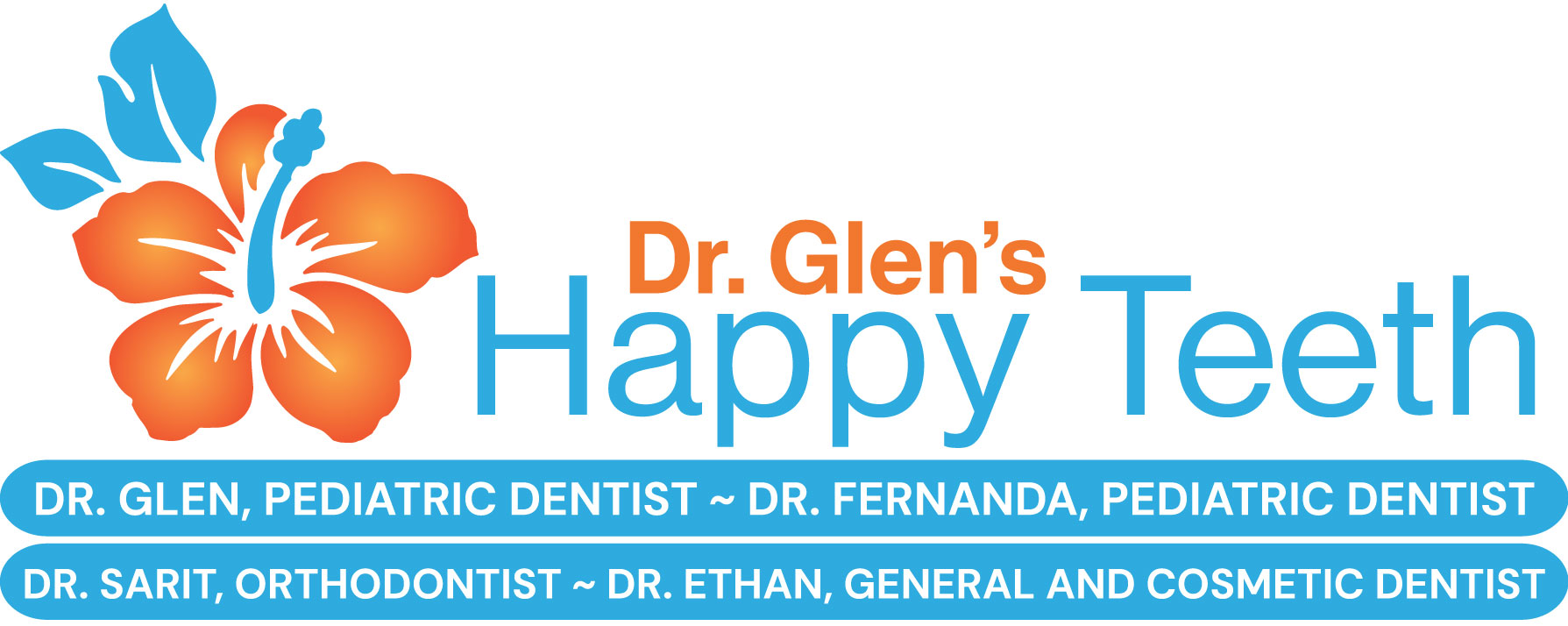
Recovering from a tooth extraction should bring relief—not more pain. But sometimes, a condition called dry socket can cause discomfort just when you think the hardest part is over. Understanding what dry socket is, how to spot the signs early, and what you can do to prevent it can make a big difference in your healing process.
Understanding Dry Socket
After a tooth extraction, a blood clot naturally forms in the empty socket to protect the bone and nerve underneath while the area heals. Dry socket, also known as alveolar osteitis, occurs when this blood clot is dislodged or fails to form properly. Without it, the bone and nerves are exposed, causing sharp pain that can radiate to the ear, jaw, or temple.
This condition is relatively uncommon but can make recovery much more uncomfortable. Dry socket typically develops a few days after an extraction, and while it can affect anyone, it’s more common in those who smoke, have poor oral hygiene, or undergo a difficult extraction such as a wisdom tooth removal.
How to Know If You Have Dry Socket
Mild discomfort is normal after a tooth extraction, but dry socket pain feels different. Instead of gradually improving, the pain intensifies two to three days after surgery and can be severe enough to interfere with daily activities. You may also notice an empty-looking socket where the blood clot should be, along with a foul taste or odor coming from the area.
Other symptoms can include visible bone within the socket and pain that spreads to the side of your face. If you suspect dry socket, it’s important to contact your dentist or oral surgeon right away. Prompt care can relieve pain and help the tissue heal properly.
How to Prevent Dry Socket
While dry socket isn’t always preventable, following your dentist’s aftercare instructions can significantly lower your risk. Here are a few ways to protect the healing site and encourage proper clot formation:
- Avoid smoking or using straws: The suction created when inhaling or sipping can dislodge the blood clot.
- Follow soft food guidelines: Eat gentle foods like yogurt, soups, and mashed potatoes for the first few days, avoiding crunchy or chewy items that could irritate the extraction site.
- Practice careful oral hygiene: Keep your mouth clean by gently rinsing with a dentist-approved solution and brushing your other teeth carefully. Avoid rinsing forcefully or spitting for the first 24 hours.
- Take prescribed medications as directed: Pain relief and antibiotic medications should be used as recommended to minimize discomfort and reduce infection risk.
- Keep follow-up appointments: Your dentist will check the extraction site to ensure it’s healing properly and can remove any debris if needed.
Good communication with your dental care provider is key. If something doesn’t feel right during recovery, don’t wait—early attention helps prevent complications.
Healing after a tooth extraction takes time, but by caring for the area properly, you can minimize discomfort and avoid dry socket altogether.
About the Practice
Dr. Glen’s Happy Teeth Dentistry provides compassionate, comprehensive dental care to patients of all ages. Our experienced team offers advanced tooth extraction services and personalized post-operative guidance to support fast, comfortable recovery. With a focus on prevention, education, and long-term oral health, the dentists at Happy Teeth Dentistry are committed to helping every patient maintain a confident, healthy smile.
Call us at (516) 517-0331 or request an appointment online.

